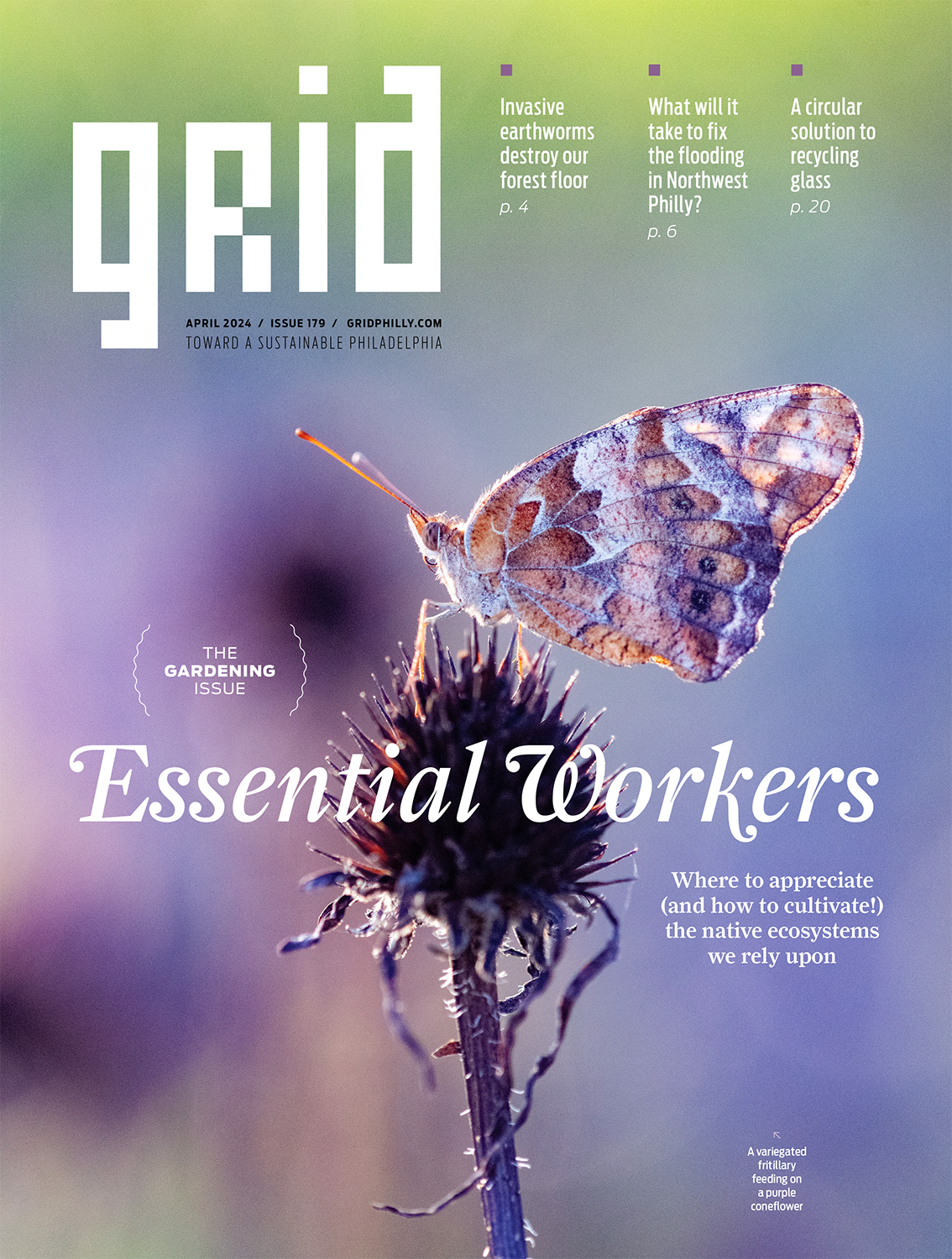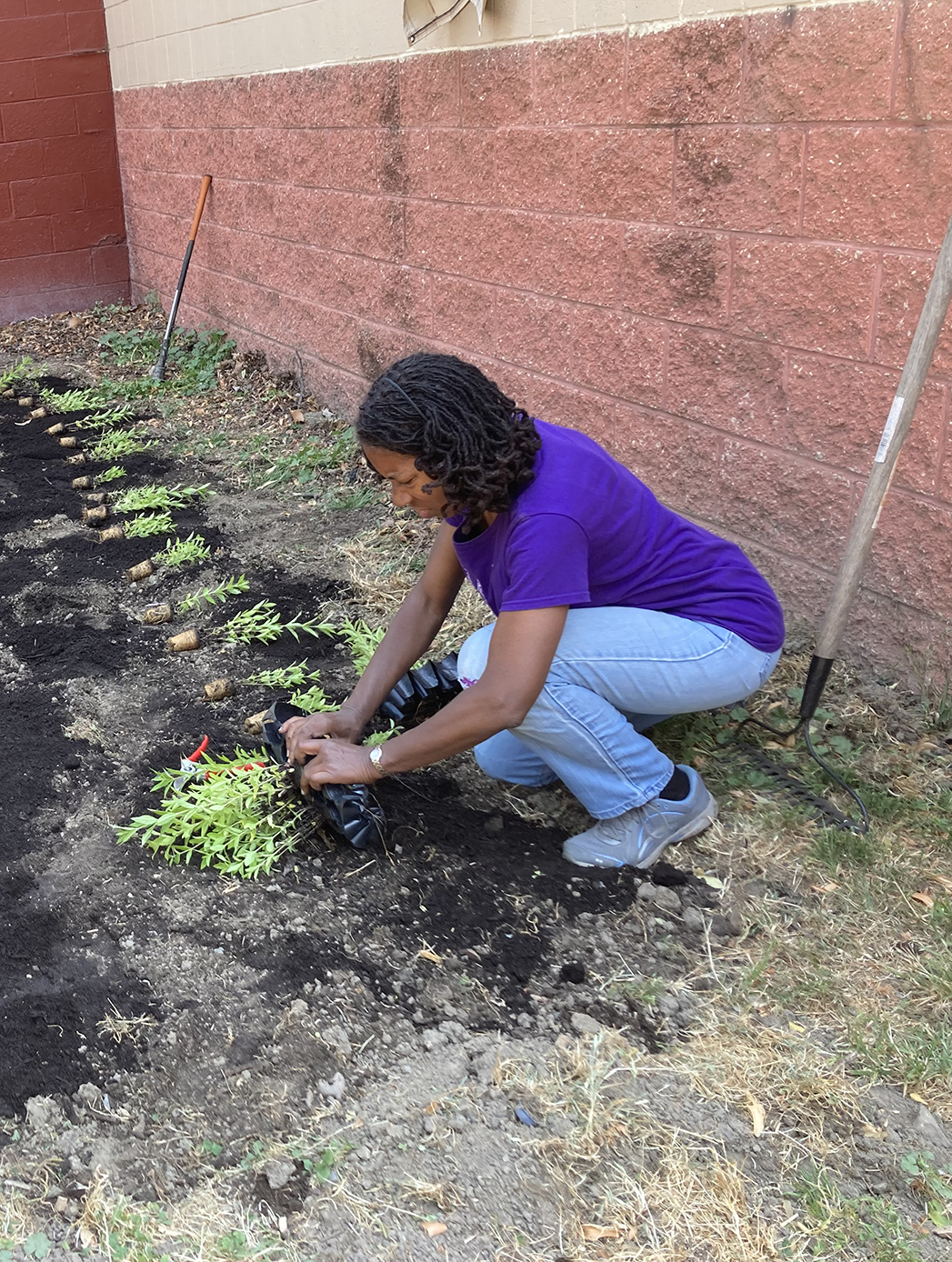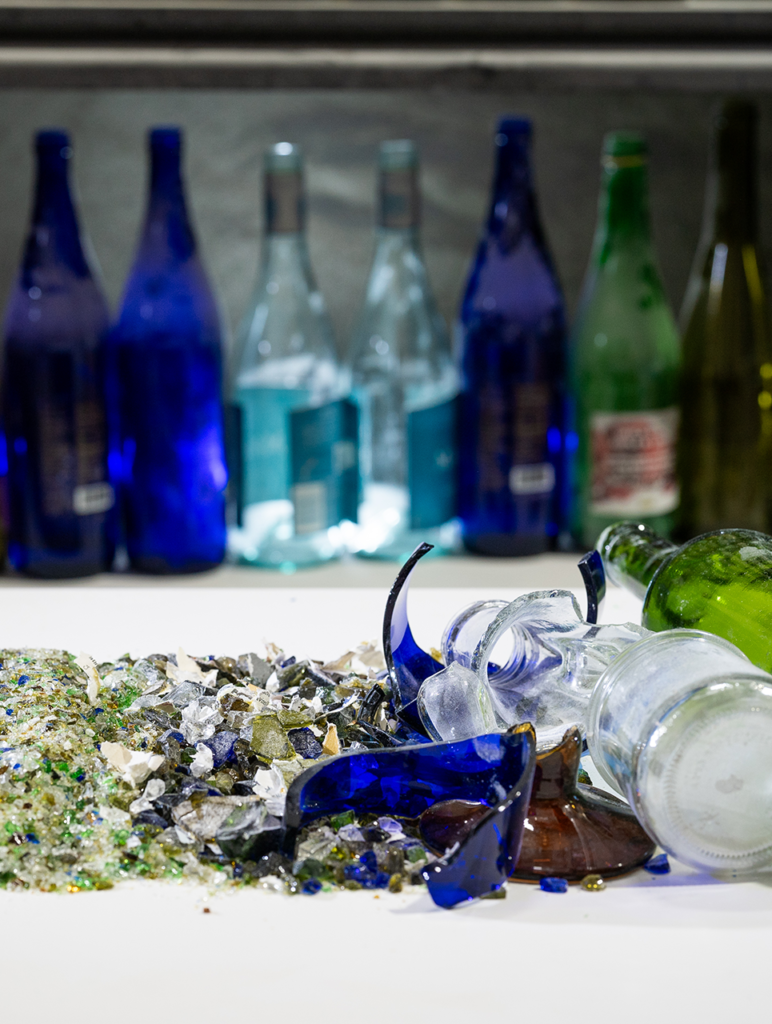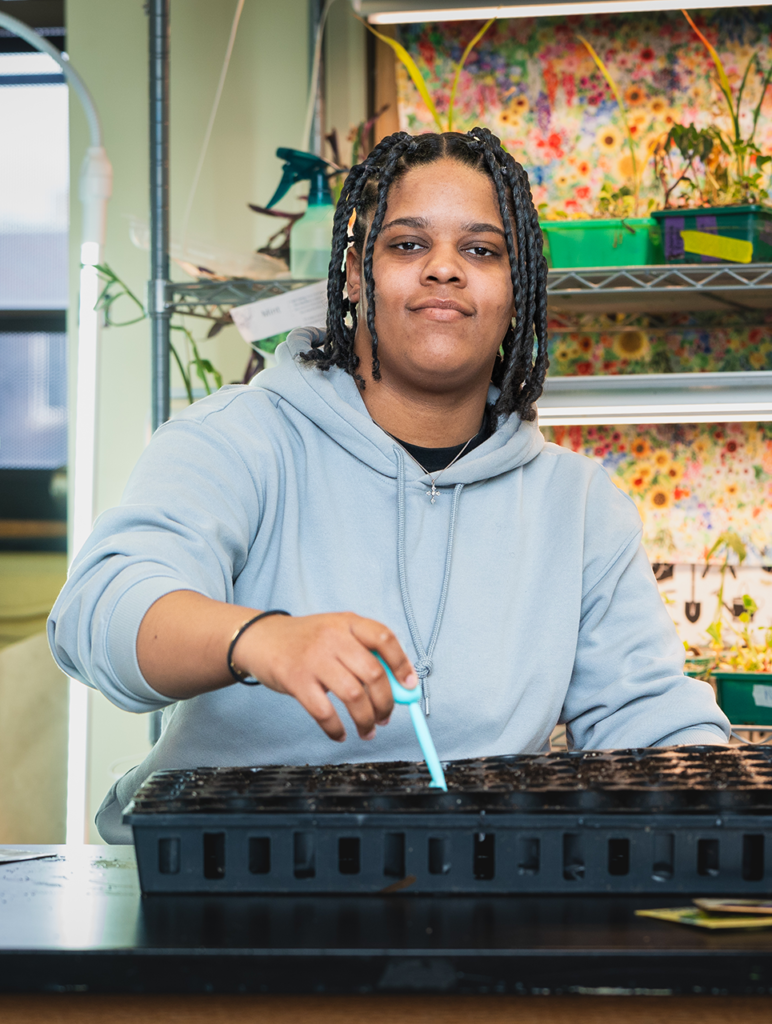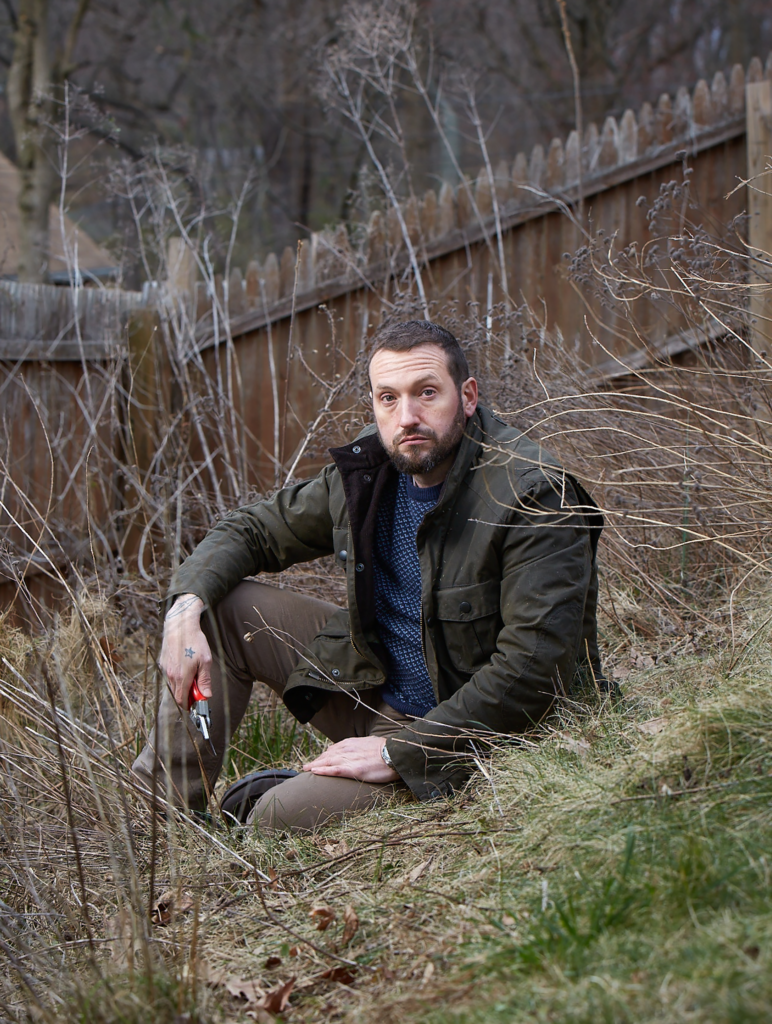Maybe it’s to grow fresh fruits and veggies that taste better than what you can buy at the grocery store.
Maybe it’s for the satisfaction of seeing seeds you plant grow into something magnificent over months or even years of care.
Maybe it’s to lay out a verdant and beautiful welcome mat to your neighbors.
In this issue, we explore how we can expand that welcome mat to include our wild neighbors; if you’ve got some soil to grow plants, you can grow plants that fit into our local food webs. They feed the local bugs, which feed other bugs, which feed the local birds, and so on.
Not sure where to start? There are plenty of local gardens you can visit for inspiration, and professionals you can hire to help.
We hope these articles move you to start digging in the dirt. Maybe you don’t rip out every non-native plant and start over, but each season is a chance to add another wildflower, another pot with an ecologically beneficial species.
And if enough of us do it, we can patch together some serious habitat, as entomologist and author Doug Tallamy discusses in his book “Nature’s Best Hope: A New Approach to Conservation That Starts in Your Yard” (or in the little garden patch behind your rowhouse, in your community garden plot, or even in a few planters on your stoop).
Nature won’t be something somewhere out there beyond your block, it will be right here, where we live.


